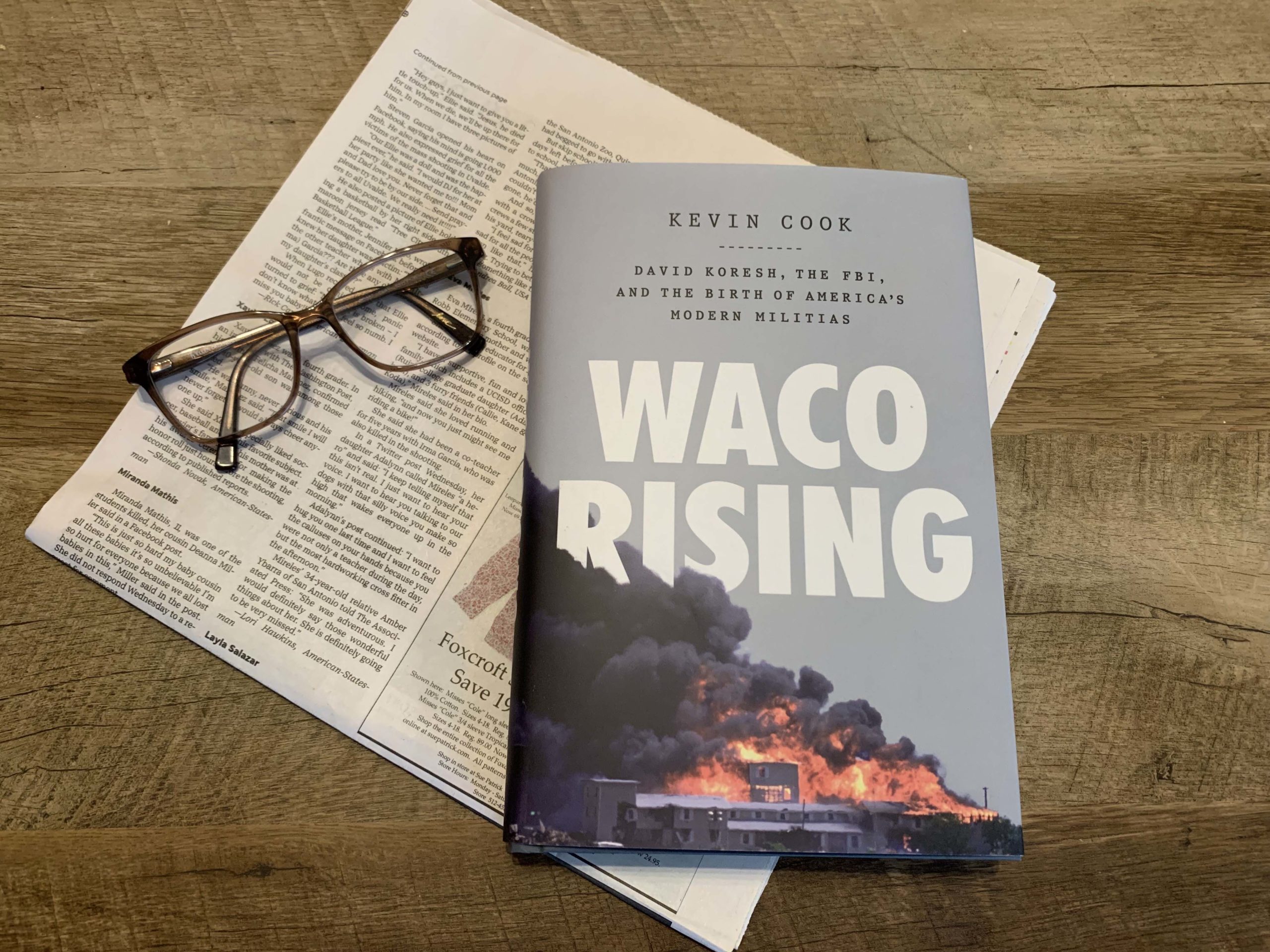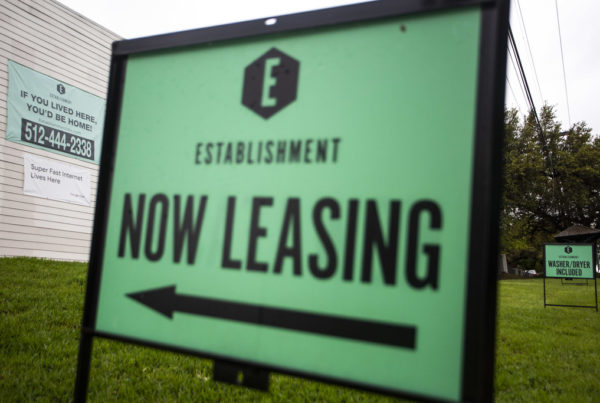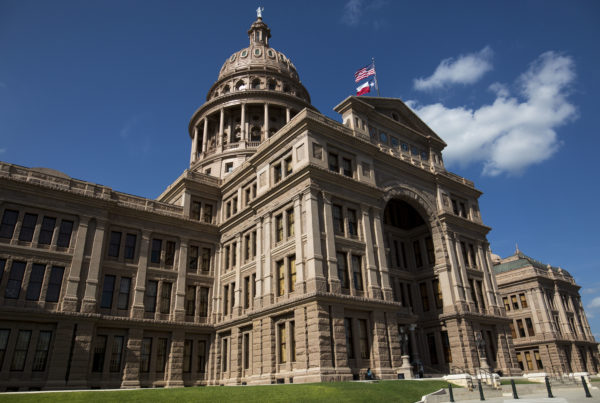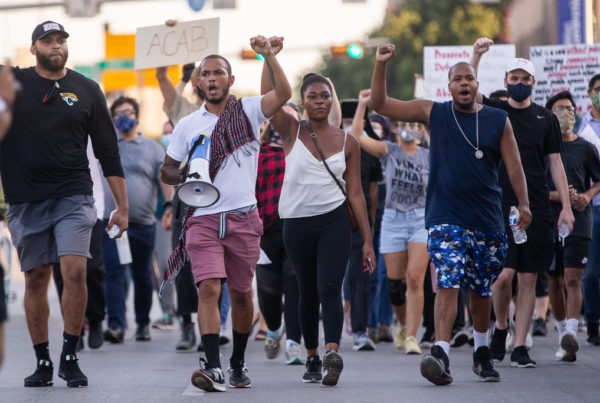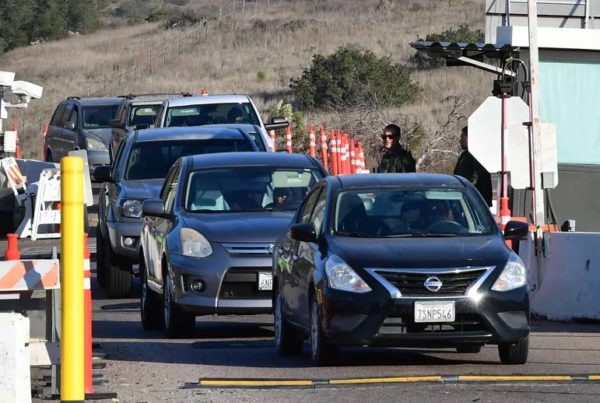On April 19, 1993, a large structure fire broke out northeast of Waco. The fire tore through Mount Carmel, a compound where a group called the Branch Davidians had been holed up in a standoff with the FBI for several months.
The group of over 100 men, women and children living inside the compound followed David Koresh, either a religious leader or a cult leader, depending on who you ask.
In an initial raid on Feb. 28, four ATF agents were killed, 16 were wounded, and six Branch Davidians died. On April 19, in the FBI attack on the compound authorized by the Clinton administration, 76 more Davidians died, including 25 children. The attack marked the deadliest day in FBI history.
The 30th anniversary of that event is coming up this year, but some big questions about the standoff still remain. Author Kevin Cook takes several of them in his new book, “Waco Rising,” which comes out today.
This transcript has been edited lightly for clarity:
Texas Standard: For those who don’t know about the Branch Davidians and the siege in Waco, tell us a little bit more. Give us some background on the group and on David Koresh, a rather charismatic leader by many accounts.
Kevin Cook: That’s true. The Branch Davidians were an offshoot of Seventh-day Adventists who believe that the last days may be imminent. [Koresh] was, you mentioned “charismatic” – I’ve heard him described that way quite frequently. But his followers describe Koresh as not so much hypnotic or charismatic, but brilliant at making the Bible make sense, at making the stories that seem conflicting all over the place to some in the Bible add up to a remarkable story in which they had a remarkable part to play.
The government then came to deliver a search warrant barreling up the driveway at the Branch Davidian compound northeast of Waco. Then almost 100 agents leaped out. This is all to serve a search warrant. And they were armed in riot gear. The next thing you know, one of the bloodiest events in law enforcement history was underway as the Davidians, who were heavily armed, shot back at the ATF agents who were coming to serve a search warrant that had been obtained in questionable circumstances.
Questionable circumstances. What do you mean?
The ATF, in order to get that search warrant, suggested to a judge that the Davidians were involved in the drug trade, which they were not. The charge was made that they were running a methamphetamine lab, which they weren’t. They were very anti-drug, and they were cleaning up a methamphetamine lab that had been left by previous tenants on the same property.
There were also very influential charges made that they were beating children. “Beating babies” was the term told to new Attorney General Janet Reno. They did practice corporal punishment, but there was no sign of physical abuse of the children who came out. There was certainly sexual abuse of young women by David Koresh, who like many a “cult leader,” did sleep with very young women. He told his followers that marriages were essentially annulled and that he would be the one creating a new generation of Davidians.
You use that phrase “cult leader.” Branch Davidians, of course, separated from Seventh-day Adventists in, I believe it was, the 1930s, and the church formally distanced itself from the branch. And even today, there are some who consider themselves to be part of the branch. But I want to ask more about this idea of David Koresh as cult leader. Of course, that assumes that this was a cult as opposed to a religious group. How do you come down on that, given your research?
That’s a very important question, and I do not consider the Branch Davidians a cult any more than other religions. It’s important to remember that Christianity itself was considered a cult by the Romans before they adopted it. I tend to try to keep remembering a line by the great author Tom Wolfe, who defined a cult as a religion with no political power. I think it’s better to refer to the Branch Davidians as a sect or simply an offshoot of the Seventh-day Adventists. The survivors I met, including people who believe to this day that Koresh was right and that what happened at Waco proved that he was right, I believe they were very sincerely religious.
Of course, as you yourself mentioned there, David Koresh was engaged in sexual assault on underage women. That was obviously a violation of law.
Koresh was a monster and in many ways a narcissist, a leader who believed that he was the lamb referred to in the Book of Revelation, which focused on the violent end of days. I think that he was an unhinged leader who collided with a government that made a great many mistakes. And the victims were the ATF agents who died and the Davidians who died.
So many books and documentaries have been done around what happened that April. Did you come across details that have not been reported before?
I did. And I think this is a misunderstood event that millions of Americans remember as a fiery moment on television. In “Waco Rising,” there’s a good deal of never-reported conversations between Koresh and the FBI negotiators who were trying to get him to lead his people out. His personality comes across, and I think one can have at least a sense of why the Branch Davidians chose to follow him onto death.
There’s also in the book a good deal of new material documenting the pressure by the FBI on brand-new Attorney General Janet Reno. The Clinton administration was under a great deal of pressure to end this 51-day standoff at Waco. I believe the FBI misled her. She had made her name fighting against child abuse again and again. They said they were in there beating babies, which wasn’t so, until she gave the OK for the tear gas attack of April 19, 1993.
There are also many new talks with ATF agents, with FBI agents – including Gary Noesner, who was the lead negotiator for the FBI the first part of the siege – as well as with survivors whom I came to like very much. And there also is later in the book a considerable amount of accounting for how Waco had played an important role in radicalizing many people right through Timothy McVeigh, who bombed Oklahoma City on the second anniversary of the Waco fire, through Alex Jones, and all the way up into Jan. 6 and beyond.
So we’re talking about the repercussions here going on 30 years now after that attack, and in the last few chapters of your book, you talk about the legacy. What do you consider to be the greatest lesson learned from what happened in Waco 30 years ago?
I think the great lesson to be learned is to look before one leaps. The FBI broke down into two camps, one that said we’ve got to go in there and flush these people out because they’re defying the law, and another that urged caution. I think it’s important to remember that Bill Clinton later regarded Waco as the low point of his presidency. Attorney General Reno said, had she known at the time what she learned afterward, she would not have given the OK to send the tanks in shooting tear gas – not fire, tear gas – at the Davidians. To think long and hard before committing a violent act, I think is an important lesson for people of all political persuasions.


